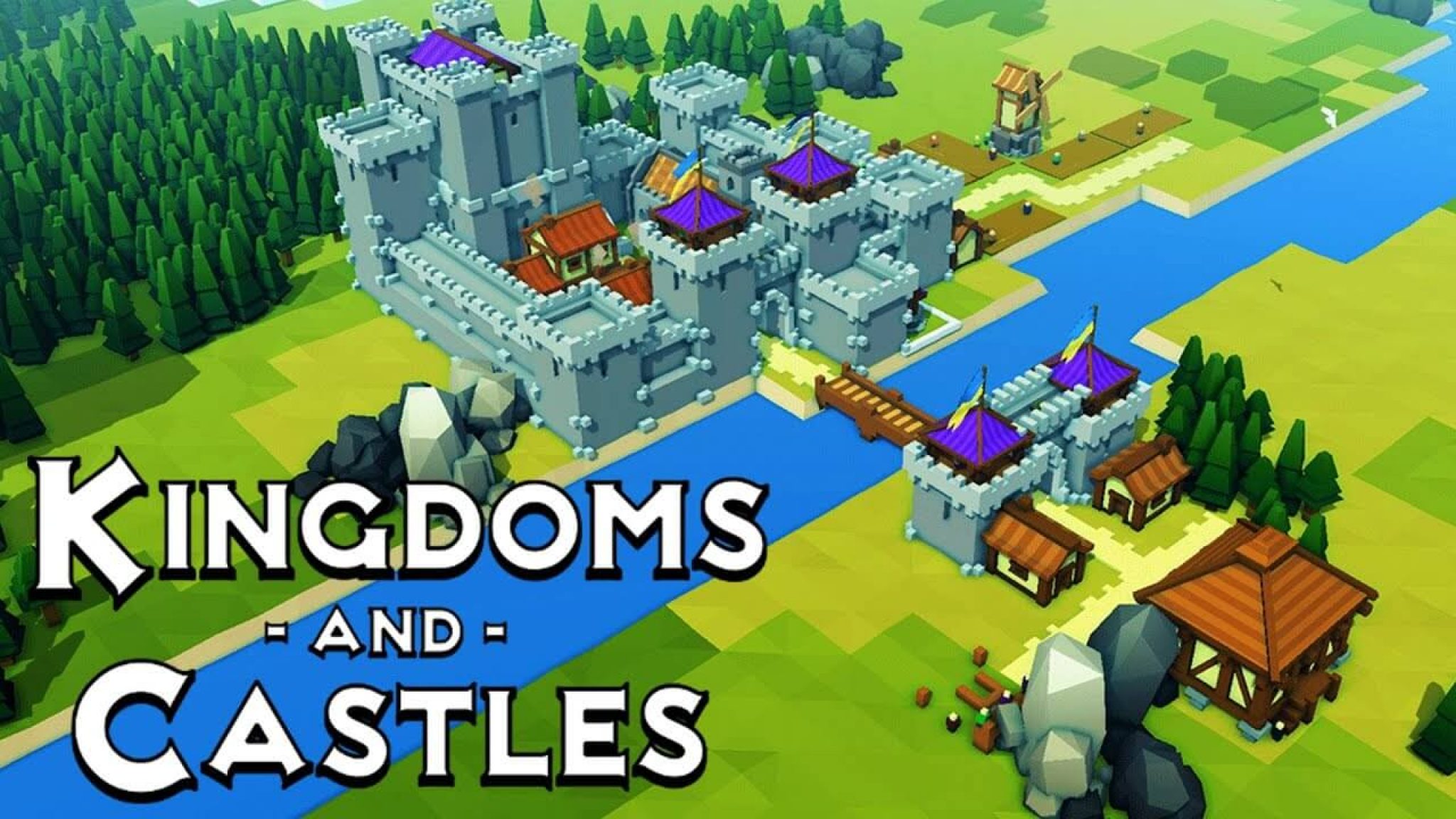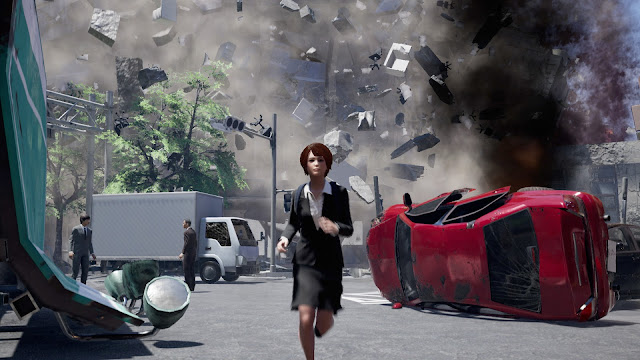Dreamscaper: Prologue by developer Afterburner Studios and publishers Afterburner Studios, Maple Whispering Limited—PC (Steam) preview written by Pierre-Yves with a copy provided by the publisher.
Estimated reading time: 6 minutes
Dreamscaper: Prologue is the first chapter in an upcoming series by Afterburner Studios that sees a young woman named Cassidy combat her subconscious by lucid dreaming at night. Successfully Kickstarted last summer, I’ve just recently had the chance to take out both the first stage and boss fight from the Prologue as well as the “second stage” currently labeled under the Supporter’s Addition. If there’s anything I know for sure after spending a couple hours on the current build of this title? I both want more, and hope it doesn’t take too too long to make it over to the consoles.
So where to start? If we start with the tutorial, it’ll teach you everything you’ll ever need to know about Dreamscaper. Starting off every night, you’ll land in a central room that links to a series of other rooms. Each room that you move into can, and I say “can”, contain a variety of different experiences. Some have enemies, some have items, some have shops to buy abilities or weapons, others have trade-off, puzzles or combat challenges. It doesn’t take long to move from room to room as you work your way towards the boss. All said and done? This process takes about ten minutes per venture before going back to the real world for a small break to your hands before doing it all over again.
The controls are absolutely solid and fully configured for a controller which for me? Made me quite happy as it’s my preferred gaming method and the default layout is honestly perfect. You move around with your left thumbstick, you attack with “X”, your secondary attack is “Y”, you dodge with “A” and you interact with the world with “B”. Adding onto these are two special attacks on your left and right bumpers before moving over to being able to use a shield with the left trigger and being able to fire projectiles with the right thumbstick and trigger. Nothing is wasted in terms of finger placement and everything is calibrated to the point that if you want to dodge, you’re dodging and there’s no delay on it which brings me to the next set of items, ability and item upgrades.
Moving around and dodging by default are alright, but they can be improved by upgrading them both in terms of speed, sub-features and distance. Some of the first upgrades that I found made Cassidy a little faster and added the probability of say a 20% chance of freezing enemies every time I dodged. Later and much more interesting was the ability shadow step that honestly looked like Cassidy stepped through the shadows instead of dodge rolling as it left shadow versions of herself as she stepped three times before landing where you intended to. There are other types of dodging available and some of them may be too good to be true as there are tradeoffs such as no longer being able to block, move twice as fast but not being able to dodge and so on.
Weapons were just as varied and interesting to learn. One of the first and a tribute to Cassidy’s favorite RPG is Cloud’s Buster Sword from Final Fantasy VII. With the remake just in a few days from the time of this writing and last week by the time of the posting, I thought it was fairly appropriate to start off with it. Otherwise, you have a series of blades, hammers and martial art styles with being able to punch your enemies. Every weapon has a base range of DPS (Damage Per Second) and upgraded versions or different weapons can be randomly found throughout your adventure. The same applies to ranged weapons like the starting bow into frisbees, kunai and slingshots.
All of these features boil into a very quick and compact roguelite dungeon crawl that will either see you succeed, or fail and sent back to the real world but at the cost of not having the energy to head out and get to know people in a coffee shop, bookstore and a bar. The better you do in the dreamscape, the more energy you have to stay out in the real world after you’ve finished working for the day. Sitting on her bed at 6PM, it’s up to you as to whether Cassidy head’s to bed to fight another night or head out and chit-chat with people. A little like Persona or Stardew Valley / Rune Factory, chatting bit by bit will help you get to better know people however giving them presents will advance the process much quicker.
Now starting off I wondered what the point of advancing these relationships was but it came back two-fold. On one hand, as you advance getting to know these people you’ll unlock new items to be used in the dreamscape. Melee weapons, ranged weapons, shields and abilities. On the other hand, and the more important of the two, is that as you really get to know these people you also get to better understand Cassidy and how she views the world. She’s not just a young woman with a PlayStation hooked up to her living room TV. She’s a young woman with an actual depth of character and worries of her own in this world that she exists in before she battles her subconscious in order to hopefully actually sleep through the night.
And this is only the Prologue.
Note(s): I don’t do this often, but before concluding, I would honestly suggest if you are a fan of roguelites or hack & slashers, to head over to Dreamscaper: Prologue’s Steam page and Wishlist it to show your interest. I have.
So all in all, Dreamscaper: Prologue is a fantastic title and it’s not even in its final format. From the care that was taken to how Cassidy moves, to how she swings her weapons and how she interacts in the real world before diving back into another night of combating the nightmares of her subconscious, there’s nothing I want more than honestly “more”. Being the first chapter there’s more to come and I certainly can’t wait for it.
Score: N/A
Update (2022): You will find on all pages listed with Dreamscaper: Prologue that the game and the supporter edition has been removed with this written in a block:
Notice: At the request of the publisher, Dreamscaper: Prologue - Supporter's Edition is no longer available for sale on Steam.
All of those pages publish the new release and updated Dreamscaper 1.1.
Expired link: https://store.steampowered.com/app/1257640/Dreamscaper_Prologue__Supporters_Edition/
























































